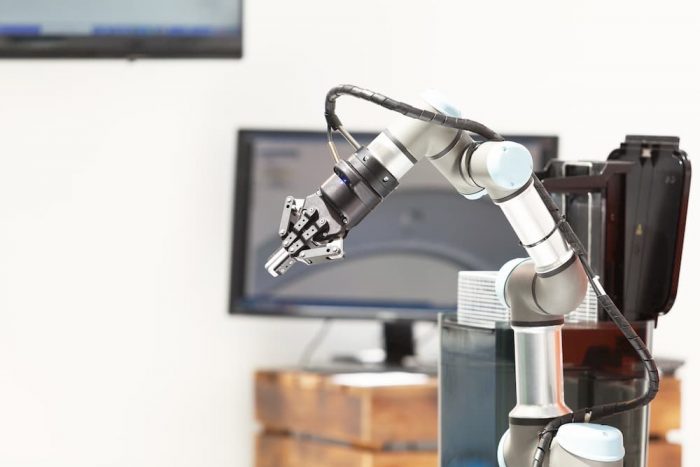Repeatability
and accuracy form an inseparable pair in the world of precision measurement.
Although both terms share the same level of importance, repeatability has a
huge influence over the precision of a measurement. Read on to learn more about
the concept of repeatability and its place in the field of metrology.
An
Introduction to Repeatability
Repeatability refers to the degree to which consecutive measurements are taken successively under the same conditions. In other words, the concept informs technicians how close a series of measurements of a workpiece were when they were taken in a row with the same operator, tool, and machine.
It is useful to note that test-retest reliability is another term for repeatability. It involves re-measuring or re-testing an area or item and expecting to get essentially the same output. If the same measurement is not achieved, it indicates that the device or tool is not reliable. In this case, the operator has encountered variability issues. Variability can be caused by various reasons:
- Stability of the part that’s being measured
- Room temperature
- Operator’s skills and experience
- The measurement tool has not been properly
calibrated
To
summarize what repeatable measurements are again; it is when operators get the same
values every single time the measurement is taken.
How
Important is Repeatability in Precision Measurements?
If you
gave measurements some thought, it will become obvious that it is often part of
a bigger project. Whether you are checking the standards, irregularities, size,
or alignment of a part, that part typically ends up a piece of a bigger end-product
that is going to be manufactured. Whether you are adjusting, cutting,
assembling, or machining a part, it will also be incorporated into that BIGGER
end-product.
While
measurements may seem like a small step in the creation of a final product,
machine, or device, the eventual manufactured piece will not be reliable
(contains irregularities) if previous measurements are not consistently the
same. That’s why operators and manufacturers need to achieve repeatability in
their measurements to guarantee quality in their products.
Repeatability
is a Stamp of Consistency
Oftentimes,
metrologists rely heavily on consistency for precision. That’s why they conduct
tests to guarantee, maintain, and check the repeatability of their
measurements. Below is how a typical test looks like:
- One part, environment, device, or person
becomes the subject. - The measurement device or tool is calibrated before commencing the test.
- The operator defines a set of constant
factors, e.g. the amount of data to be collected, environmental conditions,
method of measurement, the operator, the test date, and test equipment. - Operator collects as much data as possible.
- Operator assesses the repeatability of the
measurement process by analyzing an array of descriptive statistics.
With
that in mind, it is highly recommended that measurement facilities conduct repeatability
tests on a regular basis.
Combine
Repeatability with Accuracy for Truly Precise Measurements
Although
repeatability is highly important for precise measurements (in its own right),
one must remember to pair it with accuracy to achieve an ultimately precise
measurement.
Conducting
repeatability tests need not be difficult at all as one can consider consulting
with metrology experts, such as Willrich Precision. Whether you specialize in the
medical or aerospace industry, we have got your back.





